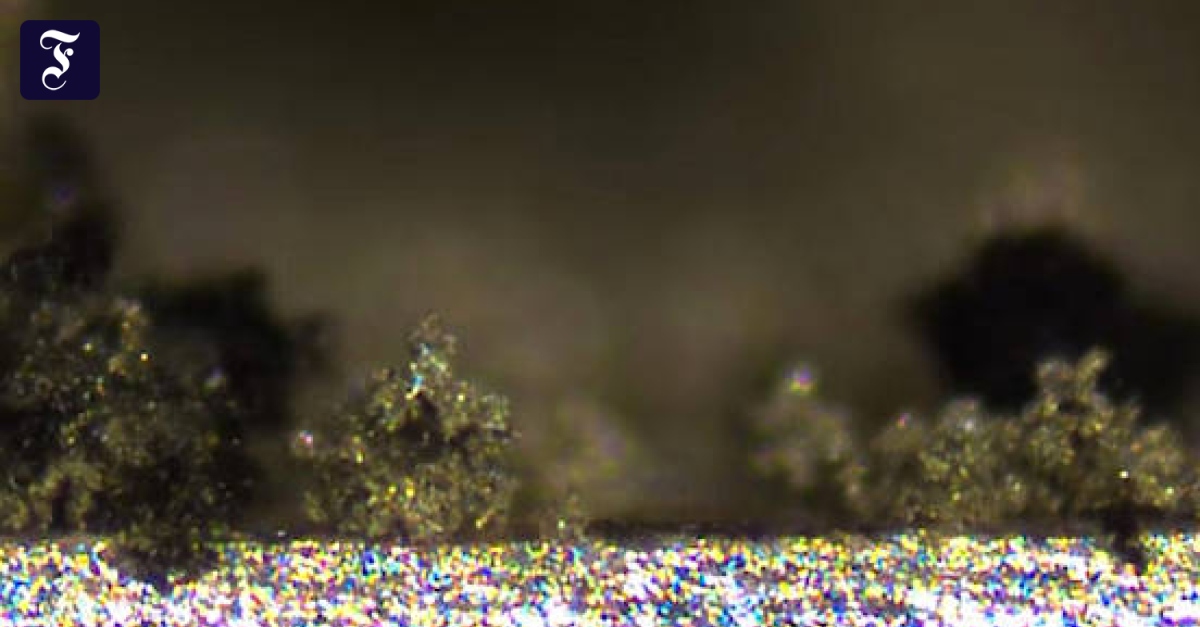DrDendritic formation in lithium metallic batteries continues to present a significant risk to the safety of rechargeable batteries, as dendritic crystal deposits grow on the surface of the anode during repeated charging as a result of unwanted electrochemical processes in the electrolyte. If the dendrites penetrate the spacer between the electrodes and come into contact with the cathode, a short circuit will occur, which may lead to a fire and a battery explosion. Additionally, the dendrites result in a loss of active lithium, which reduces the battery capacity with each charge cycle.
Lithium batteries with a pure lithium anode are mainly affected by the growth of dendrites, but batteries containing the graphite anode in which the lithium is stored can also be affected. Details of the formation of the elongated lithium crystals remain unclear. Two scientists from the University of Ulm investigated this phenomenon using quantum chemical calculations. They simulated processes at the atomic level using the Justus-2 supercomputer at Ulm.
Schematic representation of dendrite formation: The negative charge is concentrated on the tips of the protrusions and attracts positively charged lithium ions.
:
Photo: Schmikler, Santos
Wolfgang Schmikler and his colleague Elizabeth Santos observed, in their simulations, how small protrusions are repeatedly formed on the surface of the negatively charged anode when lithium is deposited. According to the laws of static electricity, negative charge is concentrated at the ends of these rises.
Safe batteries measures
The negative charges generate strong electric fields and attract the positively charged lithium ions coming from the cathode. The tips grow and eventually form dendrites, The researchers write in “Angewandte Chemie”. Another effect is clearly revealed in the simulations: the additional negative charges reduce the surface tension of the electrode and thus enhance the formation of crystallization nuclei.
Through their model, Schmickler and Santhos were able to confirm the results found, but also for the first time no dendrites were observed in copper and silver, for example: if these minerals are deposited on a surface, positive charges accumulate on the bumps, along with the positive metallic ions repel each other. Incoming shipment. This prevents the growth of dendrites.
The theorists’ findings could help prevent dendritic growth and make lithium batteries safer. This can be done by using less reactive liquids, conductive plastics, or ceramics as electrolytes. However, special protective layers on the surface of the anode can also prevent dendrites from forming.

“Certified gamer. Problem solver. Internet enthusiast. Twitter scholar. Infuriatingly humble alcohol geek. Tv guru.”






